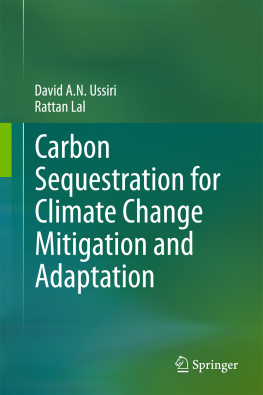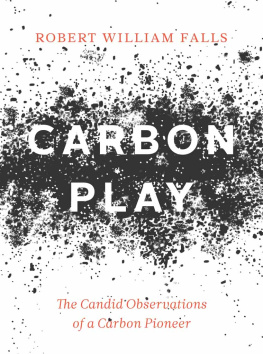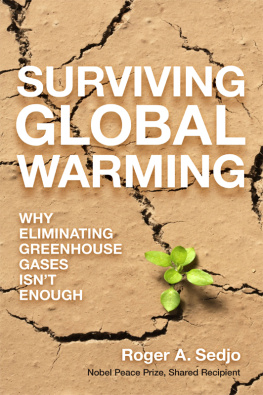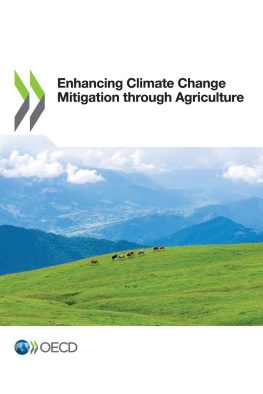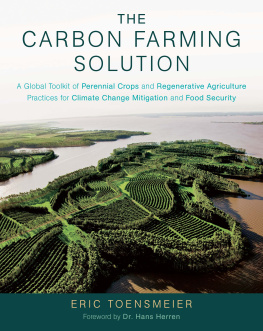1.1 Weather and Climate
Weather is the physical condition or state of the atmosphere at a certain places at a given time with reference to meteorological elements. It is what is happening in the atmosphere at any time or over any short period of time. The principal meteorological elements which defines the weather are: temperature, pressure, precipitation, wind, moisture, humidity, and other key parameters of meteorological importance such as presence of clouds, and occurrence of special phenomena such as thunderstorms, dust storms, tornados, and others. Therefore, the large fluctuations in the atmosphere from hour to hour or day to day constitute weather. These fluctuations occur as the weather system moves, develops, evolves, matures, and decays as a form of atmospheric turbulence. The weather systems arise mostly from atmospheric instabilities which are nonlinear chaotic dynamics such that they are not predictable in the individual deterministic sense beyond a week or so in the future. Meteorologists put a great deal of effort into understanding and predicting these day-to-day evolution of weather systems, and using physical based concepts that govern changes in atmosphere, they are able to predict the weather successfully only beyond several days into the future due to fundamental dynamical properties of the atmosphere.
According to Intergovernmental Panel on Climate Change (IPCC ) climate is generally defined as the average weather at a given period of time and space. It is described in terms of statistical quantities of mean and variability of surface weather variables over a period of time ranging from months to thousands or millions of years, and possibly over a certain geographical region. Climate description includes mean condition and the associated statistics such as frequency, magnitude, persistence trends, etc., often combining these statistical parameters to describe phenomena such as droughts. The classical period which has been adopted by World Meteorological Organization (WMO) for averaging these variables is 30 years. Temperature, precipitation, and wind are the most commonly used quantities to describe climate and to classify it into specific categories assigned to different parts of the world. Therefore, climate in a wider sense is an average state of the atmosphere observed as the weather over a finite period such as season for a number of different years. Climate is described in terms of mean and variability of weather elements such as temperature, precipitation, and wind over a specified time. It can range from months to millions of years. Climate comprises a variety of space and timescales from diurnal cycle to inter-annual variability such as El-Nino Sothern Oscillation (ENSO) to multi-decadal variations. There is no such thing as global weather but there is a global climate. Climate system is a complex relative system which involves the status of the entire Earth system, including atmosphere, land, oceans, snow, ice, living things that serves as the background conditions that determines weather patterns. Climate varies from place to place depending on latitude distance, distance to the ocean, vegetation, presence or absence of mountains, or other geographical factors. Climate also varies in time, from season to season, year to year, decade to decade or much longer timescales such as Ice Ages. The statistically significant variations of the mean state of climate or its variability that can be identified using statistical tests by change in mean and/or variability of properties persisting for extended periods, typically decades or longer are referred to as climate change. Although many other factors continues to influence the climate, human activities have become a dominant force and are responsible for most of warming observed in the past 50 years.
Traditionally, weather and climate focuses on those variables that affect daily life most directlysuch as average, minimum and maximum temperature, wind near the surface of the Earth, precipitation in different forms, humidity, cloud type and amount, solar radiationwhich are observed hourly by a large number of weather stations. But this is only part of reality that determines weather and climate. The climate of the Earth depends on factors that influence the radiative balance such as atmospheric composition, solar radiation or volcanic eruptions (Baede et al. ).
1.2 Solar Radiation and Climate
The amount and distribution of incoming radiation from the Sun determines weather and climate on the Earth (Trenberth et al. ). Therefore, solar radiation provides nearly all the energy that drives global climate system , and approximately half of the energy from the Sun is supplied by the visible part of electromagnetic spectrum. Solar energy leaves the Sun as electromagnetic radiation and travels through the space and atmosphere to reach the Earths surface. Electromagnetic waves (also called electromagnetic radiation) are produced by the motion of electrically charged particles. The electromagnetic spectrum consists of light varying from long wavelength (low energy) to very short wavelength (very high energy). The solar radiation reaching the top of the atmosphere is (a) partially transferred, (b) partially transformed into other forms of energy which are dissipated by general circulations of the atmosphere and oceans, and (c) partially used in chemical and biological processes.
Within the climate system , energy occurs in different types including heat, potential energy, kinetic energy, chemical energy, short wave and long wave radiations. The climate system can therefore be described as weather generating heat engine driven by the solar radiation energy input and thermal radiation output (Peixoto and Oort ). The Sun emits radiation over a spectrum of energies that exist in the form of waves; the radiation wavelength is the inverse of energy. On the high energy side of solar spectrum is ultraviolet (UV) and on the low energy side is infrared (IR) radiation. Although the solar radiation covers the entire electromagnetic spectrum from gamma rays and X-rays through microwaves and radio waves, about 99% of the electromagnetic radiation emitted by the Sun reaching the Earth has the wavelengths () of 0.154.0 m (i.e., 1 m = 106 m), with 9% in UV ( < 0.4 m), 49% in the visible spectrum (0.4 < < 0.7 m), and 42% in IR ( > 0.7 m) ranges. The balance between the solar energy that Earth receives from the Sun and that which it radiates out to the space is a major driver of the Earths climate. Quantification of the amount of energy flow in and out of the Earth system and identification of the factors determining the balance between the incoming and outgoing energy helps in understanding the climate change.

